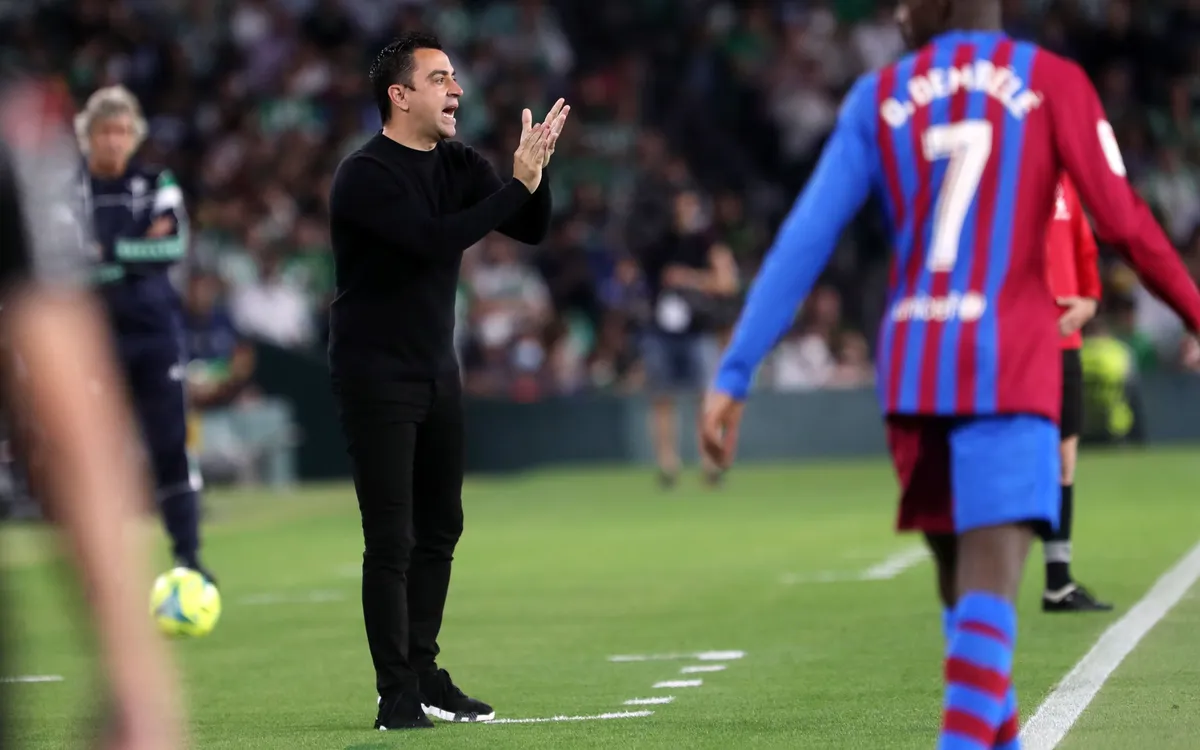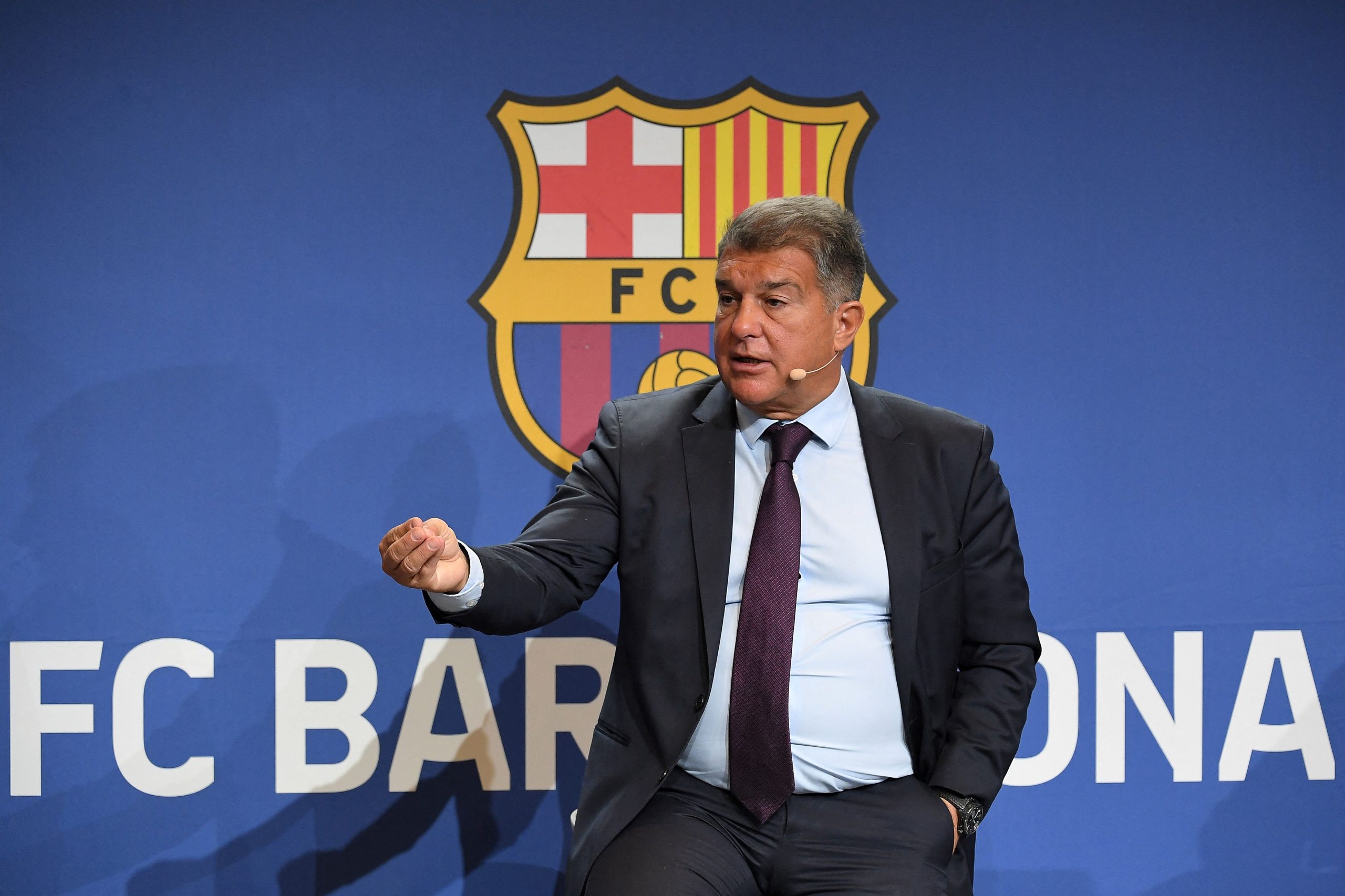
FC Barcelona is renowned for its rich footballing philosophy, characterized by a distinct style of play known as «tiki-taka.» This style, which emphasizes short passing, movement, and maintaining possession, has become synonymous with the club’s identity. Over the years, Barcelona has seen various managers come and go, each leaving their unique mark on the team’s tactical approach. This blog will delve into the tactical evolution of FC Barcelona, focusing on how Xavi Hernandez’s management style compares to those of his predecessors, including Pep Guardiola, Luis Enrique, and Ernesto Valverde.
The Legacy of Tiki-Taka: Guardiola and Beyond
Before we analyze Xavi’s impact, it’s essential to revisit the roots of Barcelona’s modern playing style, which was popularized under Pep Guardiola from 2008 to 2012. Guardiola inherited a talented squad that included Lionel Messi, Xavi Hernandez, and Andrés Iniesta, and he implemented a possession-based game that transformed the club into a global powerhouse.
Key Features of Guardiola’s Tactics:
Possession and Patience: Guardiola emphasized ball retention, often employing a 4-3-3 formation that allowed for fluid passing and movement. Players were instructed to maintain possession and wait for openings to penetrate the opposition’s defense.
High Pressing: His teams were known for their aggressive pressing, winning the ball back high up the pitch. This tactic disrupted opponents’ build-up play and created immediate goal-scoring opportunities.
Positional Play: Guardiola’s philosophy revolved around positional awareness, where players occupied spaces effectively, allowing for quick exchanges and dynamic movement. This approach facilitated quick transitions from defense to attack.
Luis Enrique: Building on Guardiola’s Foundation
Following Guardiola’s departure, Luis Enrique took the helm from 2014 to 2017. While he maintained many of Guardiola’s principles, Luis Enrique introduced more flexibility and an emphasis on direct attacking play.
Key Features of Luis Enrique’s Tactics:
Fluid Attack: Luis Enrique favored a more vertical approach, allowing for quick transitions and fast-paced counter-attacks. The front three—Messi, Neymar, and Luis Suárez—thrived on this style, combining to create a devastating attacking trio.
Balanced Structure: While still focusing on possession, Luis Enrique balanced it with the need for rapid forward movement. He often employed a 4-3-3 formation but allowed his wingers to drift inside, creating space for overlapping full-backs.
Defensive Solidity: Under Luis Enrique, Barcelona also improved defensively, utilizing a compact shape that made it challenging for opponents to break through.
Ernesto Valverde: Pragmatism and Adaptability
Ernesto Valverde’s tenure from 2017 to 2020 was marked by a pragmatic approach that often drew criticism from fans. His style diverged from the traditional Barcelona philosophy, focusing more on results than aesthetics.
Key Features of Valverde’s Tactics:
Reactive Football: Valverde’s teams were often reactive, adapting their approach based on the opponent. While this led to success in La Liga, it sometimes compromised the club’s attacking identity.
Emphasis on Width: Valverde utilized the width of the pitch more effectively, employing natural wingers like Ousmane Dembélé. This tactical shift aimed to stretch defenses and create space for central players.
Counter-Attacking: Valverde’s teams often relied on quick counter-attacks, utilizing the pace of his forwards to exploit defensive gaps.
Xavi Hernandez: A Return to Roots
Xavi Hernandez, a legendary figure at Barcelona, returned to the club as head coach in November 2021, tasked with revitalizing the team and restoring its identity. His tactical approach draws heavily on his experiences as a player and incorporates elements from previous managers while introducing his unique vision.
Key Features of Xavi’s Tactics:
- Reinforcement of Tiki-Taka:
- Possession as Priority: Xavi has reinstated the core principles of tiki-taka, focusing on maintaining possession and dominating midfield. His emphasis on short, precise passes aims to control the tempo of the game.
- Intelligent Movement: Players are encouraged to make intelligent runs off the ball, creating passing lanes and providing options for the ball carrier. Xavi’s training sessions often emphasize positional drills that enhance players’ understanding of space and movement.
- Dynamic Midfield Control:
- Three-Man Midfield: Xavi typically employs a three-man midfield, allowing for greater control and versatility in transitions. This formation enables a strong link between defense and attack while maintaining possession.
- Inverted Full-Backs: One of Xavi’s notable tactical innovations is the use of inverted full-backs, allowing them to join the midfield when in possession. This tactic overloads the center of the pitch and creates numerical superiority, facilitating ball circulation.
- High Press and Defensive Organization:
- Aggressive Pressing: Xavi emphasizes high pressing, similar to Guardiola’s approach. Players are instructed to win the ball back quickly, applying pressure to opponents in their defensive third. This tactic aims to recover possession swiftly and capitalize on opponents’ mistakes.
- Compact Defensive Shape: While Xavi encourages attacking football, he also prioritizes defensive organization. The team maintains a compact shape, minimizing spaces for the opposition and ensuring quick transitions into defense.
- Fluid Attacking Structure:
- Interchangeable Positions: Xavi’s attacking philosophy promotes fluidity, where players interchange positions frequently. This movement creates confusion for defenders and opens up spaces for attacking combinations.
- Utilization of Width: Similar to Valverde, Xavi utilizes the width of the pitch to stretch defenses, but he combines this with intricate passing sequences. Wingers are encouraged to cut inside while full-backs provide width, creating overloads on the flanks.
Comparing Tactical Styles: Key Differences and Similarities
While Xavi’s tactics build upon the foundations laid by previous managers, several key differences and similarities emerge when comparing his approach to those of Guardiola, Luis Enrique, and Valverde.
- Possession Philosophy:
- Similarity with Guardiola: Xavi’s commitment to possession football mirrors Guardiola’s philosophy. Both prioritize ball retention, although Xavi emphasizes quick, short passing in tighter spaces.
- Difference from Valverde: Unlike Valverde’s more pragmatic approach, Xavi insists on maintaining possession as a fundamental aspect of Barcelona’s identity, irrespective of the opponent.
- Attacking Approach:
- Fluidity of Luis Enrique: Xavi’s attacking style resonates with Luis Enrique’s fluidity but incorporates more structured movement and positional play. The aim is to create goal-scoring opportunities through collective teamwork rather than individual brilliance alone.
- Contrast with Valverde: Valverde’s reliance on counter-attacking contrasts sharply with Xavi’s emphasis on orchestrated buildup play. While Valverde often played reactively, Xavi aims to impose his style on the game.
- Defensive Organization:
- Influence from Guardiola: Xavi’s focus on high pressing and defensive organization reflects Guardiola’s influence. Both managers seek to win the ball back quickly, emphasizing the importance of pressing as a collective unit.
- Adaptation from Valverde: Xavi combines the defensive solidity introduced by Valverde with the aggressive pressing philosophy of Guardiola, creating a well-rounded approach to both attacking and defensive phases.
- Youth Development:
- Continuation of Philosophy: Like Guardiola, Xavi values the development of young talent from La Masia, aiming to integrate promising players into the first team. This commitment to youth is essential for Barcelona’s long-term success and sustainability.
Challenges and Adaptations
Despite the promising start under Xavi, challenges remain as he seeks to implement his vision. Adapting to the demands of modern football, where teams are increasingly organized and defensively solid, requires constant evolution.
- Balancing Tradition and Innovation:
- Xavi must strike a balance between adhering to the club’s traditions and embracing innovative tactics. While the essence of tiki-taka remains, adapting to evolving football trends is essential for sustained success.
- Defensive Vulnerabilities:
- Early in his tenure, Xavi faced criticism for defensive vulnerabilities, particularly against teams that employed high-pressing tactics. Addressing these weaknesses while maintaining an attacking philosophy is a crucial challenge.
- Building Squad Depth:
- To execute his tactical vision effectively, Xavi requires a squad capable of sustaining high-intensity football. Ensuring adequate squad depth and managing player fatigue throughout the season will be vital.
A Bright Future Ahead
Xavi Hernandez’s appointment as Barcelona’s head coach signifies a potential return to the club’s roots while navigating the challenges of modern football. By reinstating the principles of tiki-taka, emphasizing youth development, and integrating new tactical innovations, Xavi is on a path to revive Barcelona’s status as a footballing powerhouse.
As he continues to refine his tactics and build a cohesive unit, the comparisons with previous managers highlight the evolution of Barcelona’s playing style. While Xavi draws inspiration from Guardiola, Luis Enrique, and Valverde, his unique approach reflects a deep understanding of the club’s identity and aspirations.
The journey ahead will undoubtedly present challenges, but with a commitment to attacking football and a focus on player development, Xavi Hernandez is poised to lead FC Barcelona into a new era of success, restoring the club to its rightful place at the pinnacle of world football. The fans remain hopeful that under his guidance, Barcelona will once again become synonymous with beautiful, possession-based football—a legacy that Xavi himself helped to build as a player.


